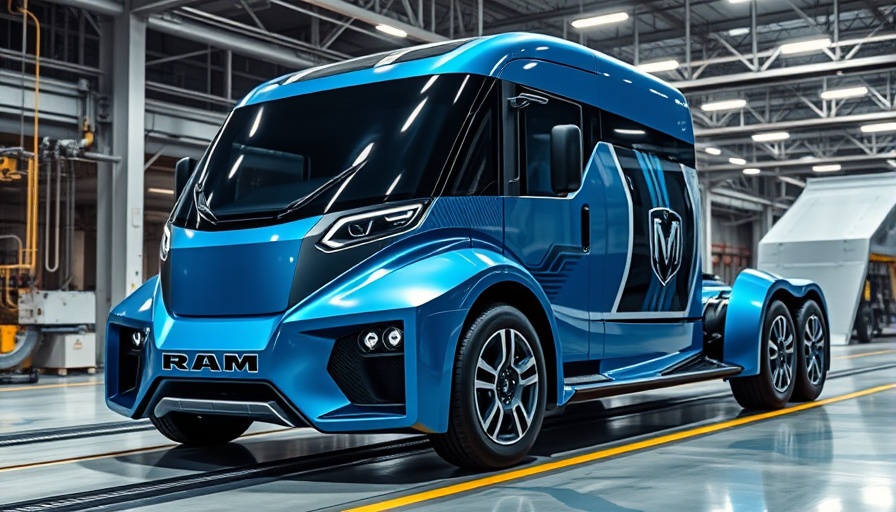
Ram's Electric Pickup Delay: What’s at Stake?
The automotive industry is facing a massive shift towards electrification, and Ram is no exception. Reports have surfaced indicating significant delays in the launch of both the Ramcharger EREV pickup and the highly anticipated Ram REV EV truck. Initially expected to hit the market sooner, these models are now pushed to 2026 and 2027, respectively.
Understanding Ram’s Position in the EV Market
As traditional auto manufacturers race to catch up with electric vehicle (EV) leaders like Tesla, Ram is attempting to carve its niche amidst fierce competition. The delay speaks volumes about the challenges automakers face, ranging from supply chain shortages to the evolving tastes of consumers increasingly drawn to EVs. Ram's choice to delay must be seen as a strategic response to ensure their products meet market expectations, delivering performance alongside sustainability.
Consumer Expectations: Balancing Tradition with Innovation
Pickup trucks are synonymous with American culture—versatile, capable, and reliable. Many consumers have high expectations for new models, particularly concerning battery life, towing capacity, and technology integration. Ram's decision to postpone shows a commitment to meeting these demands comprehensively. Balancing technological advancement with the heritage of traditional truck features will be crucial for success.
Potential Impact on Sales and Brand Loyalty
The delays in launching these key models may have ramifications beyond just the calendar. Sales for Ram could be affected if competitors release their EV trucks first. Additionally, loyal customers who have been eagerly waiting for these updates may feel disheartened, potentially affecting brand loyalty. Strategic marketing and communication will be essential to reassure customers about the long-term vision for Ram's electric future.
The Bigger Picture: An Industry in Transition
Ram's delays also raise broader questions about the automotive industry's transition to EVs. Manufacturers are all in a race not just to produce electric models but to ensure their mass adoption. The current marketplace requires strong infrastructure, including charging stations and consumer awareness of the technology's benefits. Ram's cautious approach could allow it to leverage these factors more effectively as the market matures.
Conclusion: What Does This Mean for the Future?
As Ram navigates its path toward electric trucks, consumers should stay alert for updates on the Ramcharger and Ram REV. Their release signifies much more than just new vehicles; it represents a turning point for the company and perhaps for the entire automotive sector. Electric vehicles are here to stay, and while Ram adjusts its strategy, the focus on delivering quality and innovation will remain crucial.
 Add Row
Add Row  Add
Add 




 Add Row
Add Row  Add
Add 

Write A Comment